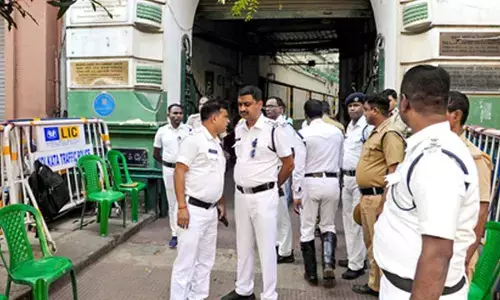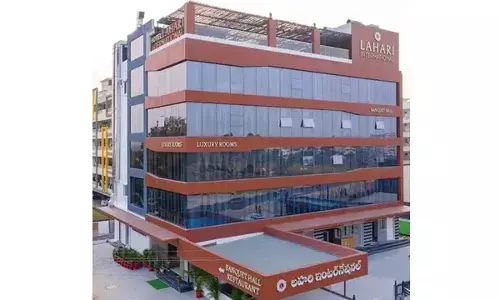Timely intervention would have saved lives, says Covid panel

Timely intervention would have saved lives, says Covid panel
The Covid death audit committee of the district has analysed 927 deaths due to the virus in Mysuru district up to October and found that, 51.77 percent of them have occurred in government hospitals in Mysuru city
Mysuru: The Covid death audit committee of the district has analysed 927 deaths due to the virus in Mysuru district up to October and found that, 51.77 percent of them have occurred in government hospitals in Mysuru city. They have also found that 70 percent of deaths have occurred among those from Mysuru city and the rest from Mysuru rural. And 70 percent of those who have died are male, 30 percent female.
They have noted that, 23 percent of cases (203) were admitted late in the hospital and died the same day or within one day. And they have also found that 80 percent of the victims had co-morbidities including diabetes, hypertension and other chronic illnesses. Among those tested positive in the district, from 21 March to 19 October, 61 percent were male and 39 percent female, and 72.48 percent were from Mysuru city and the rest were from rural areas.
While Mysuru district has second highest number of Covid positive cases and deaths after Bengaluru, and its death rate is above State and national average. With the goal of bringing down the mortality rate below one percent, the district administration has set up the seven-member audit committee to come out with suggestions to improve the case detection and management. They have interacted with both private and government physicians, anesthetists, pulmonologists to find out whether the protocols are followed.
The committee has found, from 21 March to 19 October as many as 76,305 tests/million population were done inthe district. Among 2,51,807 people tested, 45,161 tested positive. Among them, 32,735 people were from Mysuru city and the rest from Mysuru rural including 2572 from Mysuru taluk, 2187 from Nanjangud taluk, 2129 from Hunsur taluk, 2166 from KRNagar taluk, 1527 from TNarsipura taluk, 1129 from HDKote taluk, 716 from Periyapatna taluk. And among them 37,322 were discharged and 6,912 were active. And among those tested positive for Covid, 61 percent were male and 39 percent were female.
The committee has found that, 20.27 percent deaths have occurred among those above 90 years of age, 12.40 percent in the age group of 80 to 89 years, 9 percent among 70 to 79 years, 5.83 percent deaths were among 60 to 69 years and 2.78 percent deaths were among 50 to 59 years.
They have found that there has been delay in testing and monitoring for warning signals. Timely referral of some of the cases were not done due to non availability of ICU beds.
The committee has also found shortage of man power in the district Covid hospital and suggested deputing trained staff nurse and group D employees to strengthen the ICU there. They have also found that diabetic management with proper protocol for Glycemic control was not followed. There was neither an in-house laboratory support, nor dedicated lab technician in ICU, or full-time bio medical engineer.
Most importantly, treatment protocol as per ICMR guidelines was not followed at three private hospitals including Holdsworth Memorial Mission Hospital, Panacea Hospital and New Priyadarshni Hospital. At Holdsworth, oxygen therapy was not followed as per ICMR guidelines nor were there infrastructure or equipments. At both Holdsworth and Priyadarshini, trained doctors and nurses were not posted in the ICU.
The committee in its report has felt that many deaths were preventable if timely interventions were made.
And to reduce mortality rate in future it has recommended early case detection by increasing the number of tests and swab collection centers. The panel further suggested increase in the number of ICU beds and trained staff. Among active cases, 3 to 4 percent need critical care and for every 6000 patients at least 250 to 300 beds with critical care support are required.
ICU care in private hospitals should be monitored by KPME nodal officer and, if treatment protocol is not followed, they should be downgraded to Covid care centres, the panel said.
















